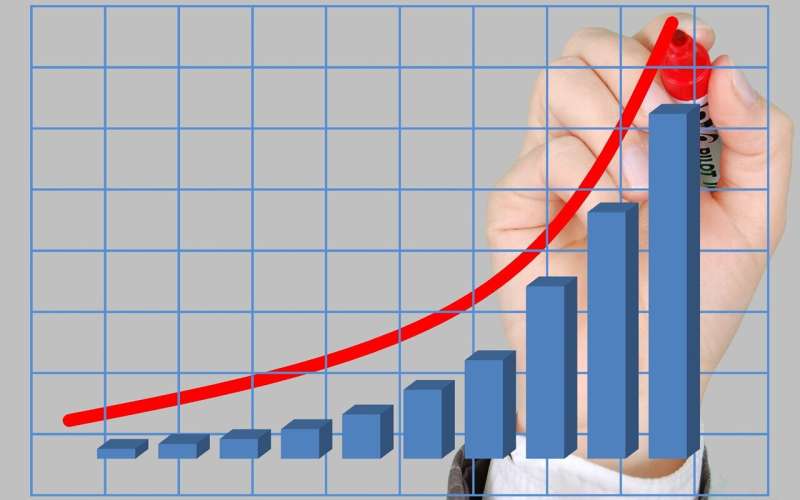In the landscape of American economic discourse, inflation is not just a transient guest but increasingly a dominant force shaping the public mood. As prices rise, the ripple effects touch everything from grocery bills to long-term savings, molding the nation’s economic optimism. This article delves into how inflation is impacting U.S. optimism, focusing on consumer sentiment and the broader implications for future economic engagement.
Unpacking Inflation: Its Grip on U.S. Sentiment
Inflation traditionally conjures up images of rising prices and dwindling purchasing power, but its impact is far more pervasive, seeping into the marrow of the nation’s economic confidence. Recent surveys show a marked decline in consumer sentiment, directly correlated with spikes in inflation rates. This phenomenon is not merely about increased costs but also about the uncertainty it breeds. As households adjust to a new economic reality, the unpredictability of future inflation rates leaves many feeling vulnerable and cautious about major financial decisions, from buying homes to investing in education.
Moreover, inflation does not affect all demographics equally, creating a chasm between those who can hedge against these rises and those who find themselves disproportionately burdened. Lower-income families, who typically spend a larger portion of their income on necessities such as food and housing, are the hardest hit. This demographic skew in the impact of inflation fosters a sense of inequity that contributes to wider social and economic instability, further eroding optimism.
The psychological impact of inflation is also significant, as it chips away at the feeling of economic security. Many Americans view inflation as a gauge of economic mismanagement, leading to a distrust in institutions purported to safeguard economic stability. This sentiment, over time, can lead to a reticent consumer base, less inclined to spend and invest, potentially stalling economic recovery and growth.
Charting Change: U.S. Optimism Faces Inflation Test
The interplay between inflation and U.S. optimism is evident in consumer behavior and investment patterns. Historically, periods of high inflation have tempered entrepreneurial spirit and innovation due to the uncertainty of returns and increased cost of capital. Current trends suggest a similar trajectory, with small businesses expressing concern over rising supply costs and consumers becoming more conservative with their discretionary spending. This conservative approach, while prudent, may dampen the economic dynamism typically driven by consumer spending and small-scale entrepreneurship.
In response to inflation, the Federal Reserve’s monetary policies, such as adjusting interest rates to temper inflation, profoundly influence consumer and business outlooks. While necessary, these policies can have a lagging effect on restoring confidence. The efficacy of such interventions in boosting optimism is contingent on a variety of factors, including political stability and global economic conditions, making the pathway to renewed confidence complex and fraught with challenges.
Finally, examining past periods of inflation offers some lessons and cautions for the current scenario. The 1970s, for instance, presented a similar challenge, with stagflation leading to a prolonged period of economic pessimism. Today, while the dynamics are different, the essence of the challenge remains the same: to restore optimism, effective communication and tangible policy outcomes are essential. This requires not only macroeconomic adjustments but also targeted support to those most affected by inflation, ensuring that recovery is both inclusive and robust.
The spectrum of U.S. economic optimism is closely tied to the ebbs and flows of inflation. As the country grapples with this enduring challenge, the path forward involves a strategic blend of policy, patience, and perseverance. Understanding the multifacetal impact of inflation on different sectors and demographics is crucial in crafting responses that not only curb inflation but also rebuild and sustain economic optimism. In navigating these turbulent economic waters, the resilience and adaptability of the American economic psyche will once again be put to the test.









